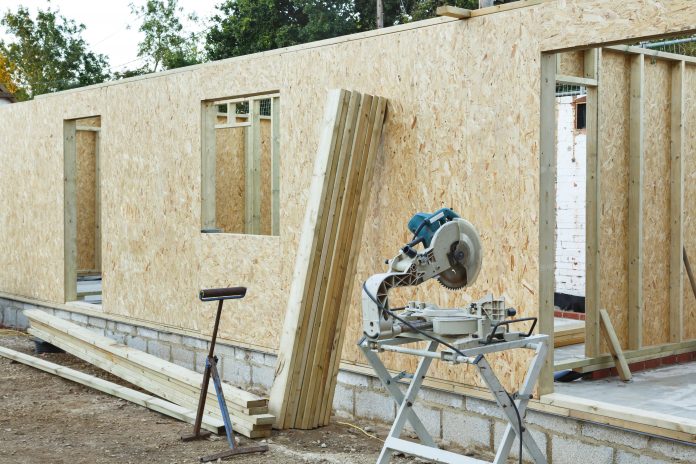Over 50% of insurers have a ‘lack of appetite’ to insure works using timber frame construction, according to a survey by the specialist risks team at Inspire Insurance
With the rise in use of timber frame construction across the construction sector, Inspire Insurance has conducted a market research exercise to ascertain insurers stance on its usage and any pertinent information relating to insurance coverage.
Inspire Insurance surveyed over 20 different insurance companies who offer ‘Contract Works Insurance’, to ascertain their appetite for timber frame construction and their responses were mixed.
Survey findings
- Over 50% of the insurers asked in this survey had a distinct lack of appetite to insure works using timber frame construction.
- Other insurers stated that they would look to cover timber frame construction, but had inner limits for contract sizes ranging from £100,000 to £1m.
- Only a few insurers reported a broader approach however, they would only consider cover on a case-by-case referral basis.
- None of the insurers asked had a policy to cover timber frame construction without referral or prior acceptance from their underwriters.
Non-standard construction
Insurers are looking to cover risks where the construction method is ‘standard’. In the insurance industry, standard construction is defined as being “constructed of brick or concrete with a tiled or slate roof”.
Timber frame construction (TFC) falls under insurers definition of non-standard construction, as it’s a timber structure with a brick skin or exterior covered with cladding.
Misinterpretation and lack of understanding of the latest building methods from insurance brokers is the source of most of the errors, according to Inspire Insurance.
When arranging cover for clients, brokers are asking historic and vague questions such as, “is the project of standard construction?”
The key issue here is that the construction industry and the insurance industry deem standard construction as different things. Brokers and insurance providers need to make more of an effort to understand the true method and system of construction in order to ensure their clients are properly covered.
The risk of incorrect insurance cover
If a claim were to arise, the insurer would appoint a loss adjuster to assess the claim. This process would involve a detailed review of the submitted information at the quotation stage. If the risk was submitted as ‘standard construction’, but later discovers timber frame construction, this would invalidate a client’s policy and leave them and their principal in a precarious position.
Becky Mascord, sureties & specialist risks manager at Inspire Insurance, said: “Contract Works Policies can be fairly complex with a multitude of factors to consider, from the construction method employed to existing structures on-site.
“There’s also the need for Joint Names Policies to underpin the JCT or NEC contract requirements.
“With new building systems appearing in the market and a need for sustainability, the insurance market has been hesitant and reserved while it waits to see if there are any issues which would increase the risk associated with them.”

















